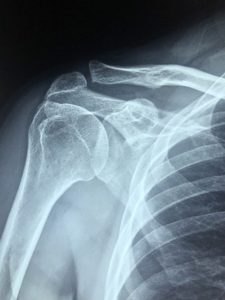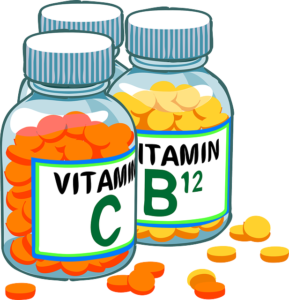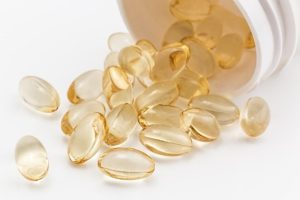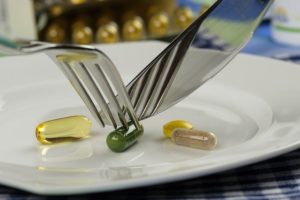The pain relieving expert gives another hint for help with cystitis. Why? Because the “season” will soon start again. It’s slowly getting colder again and autumn is starting. And prevention is better than “the” result. Am I right? How about taking a break this year? ![]()
For those who are interested, I link to the first article with further tips and simple treatment approaches at the end.
Today we are talking about: D-Mannose. What is it actually? D-mannose is an active substance from the group of simple sugars, closely related to glucose. Unlike glucose, however, D-mannose is not metabolised and consequently contains no calories. It is used for the prevention and additional treatment of cystitis. D-mannose inhibits the interaction of bacteria with the mucous membrane of the urinary bladder.
This can prevent an infection. The human body is also capable of producing a certain amount of D-mannose itself.
Important: D-mannose is only effective for urinary tract infections caused by coli bacteria (Escherichia coli, or E. coli for short). However, this still affects about 75-90% of all diseases. What happens inside the body now?
The binding capacity of D-mannose is higher than that of the cells of the mucous membrane. The bacteria therefore bind to the D-mannose that is abundant in the urinary tract and bladder. These bound bacteria are then flushed out together with the D-mannose through the urine. It is important to drink a lot so that the E. coli bacteria can be flushed out together with the D-mannose.
I have often talked about my personal “formula” for daily (!) fluid intake: per 20kg / 1 litre of water (without energy drinks, milk, coffee, etc.).
Prophylactic support with D-Mannose is also possible. This also makes sense, because ![]() in my opinion, a urinary tract infection is not one of the highlights of the year. So why let it come to that? The idea is to prevent E. coli bacteria from settling in the urinary tract and bladder in the first place by flushing them out early.
in my opinion, a urinary tract infection is not one of the highlights of the year. So why let it come to that? The idea is to prevent E. coli bacteria from settling in the urinary tract and bladder in the first place by flushing them out early.
The prophylactic efficacy was proven in a clinical study with 300 patients (Kranjčec et al., 2014).
Last point: How fast and how much? As a rule, quite quickly. Individual differences from person to person and the severity of the infection naturally produce variations. If there is no improvement after 3 days, in case of acute symptoms… go to the doctor. In acute cases, the following recommendation for the dosage of D-Mannose has proven itself in practice:
Adults and children over 14 years:
-Day 1-3 (acute) – 3 x dayly 2,000 mg D-Mannose. Can be increased to 1 dose every 2-3 hours until improvement.
-Day 4-5 (symptoms subside) – 2x daily 2,000 mg D-Mannose
-Day 6-9 (follow-up treatment) – 1x daily 2,000 mg D-mannose
For children under 14, the dose is halved to 1,000 mg per dose.
For children and pregnant women, the intake of D-mannose is considered safe. What about side effects?
In general, it is very well tolerated. You may experience mild gastrointestinal disturbances such as nausea, flatulence and diarrhoea. If this happens, simply reduce the dose.
Questions about this or if you are unsure where to get it, quality and prices – the same applies here.
Link to part 1: https://www.facebook.com/flowmotionIreland/posts/890993681481783
See you next time.
Stay strong.
Matti













